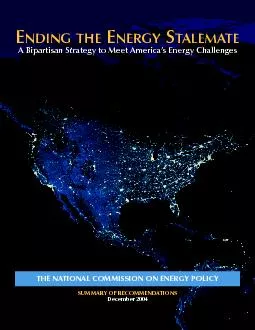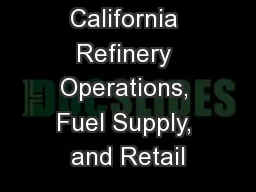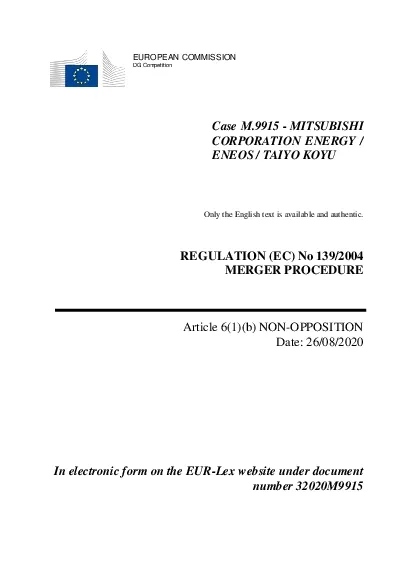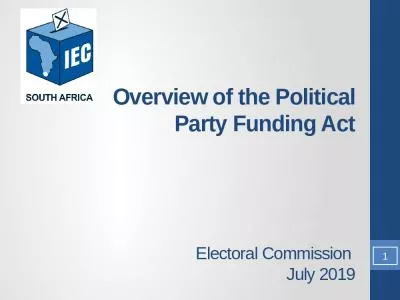PDF-THE NATIONAL COMMISSION ON ENERGY POLICYSUMMARY OF RECOMMENDATIONSDece
Author : cheryl-pisano | Published Date : 2015-10-31
NDINGTHENERGYTALEMATEA Bipartisan Strategy to Meet Americx61D5s Energy Challenges This report is a product of a bipartisan Commission of 16 members of diverse expertiseand
Presentation Embed Code
Download Presentation
Download Presentation The PPT/PDF document "THE NATIONAL COMMISSION ON ENERGY POLICY..." is the property of its rightful owner. Permission is granted to download and print the materials on this website for personal, non-commercial use only, and to display it on your personal computer provided you do not modify the materials and that you retain all copyright notices contained in the materials. By downloading content from our website, you accept the terms of this agreement.
THE NATIONAL COMMISSION ON ENERGY POLICYSUMMARY OF RECOMMENDATIONSDece: Transcript
Download Rules Of Document
"THE NATIONAL COMMISSION ON ENERGY POLICYSUMMARY OF RECOMMENDATIONSDece"The content belongs to its owner. You may download and print it for personal use, without modification, and keep all copyright notices. By downloading, you agree to these terms.
Related Documents














